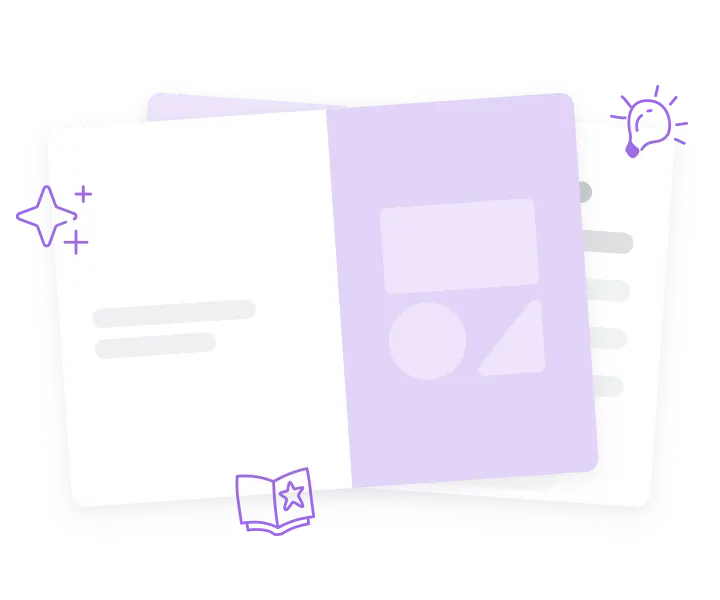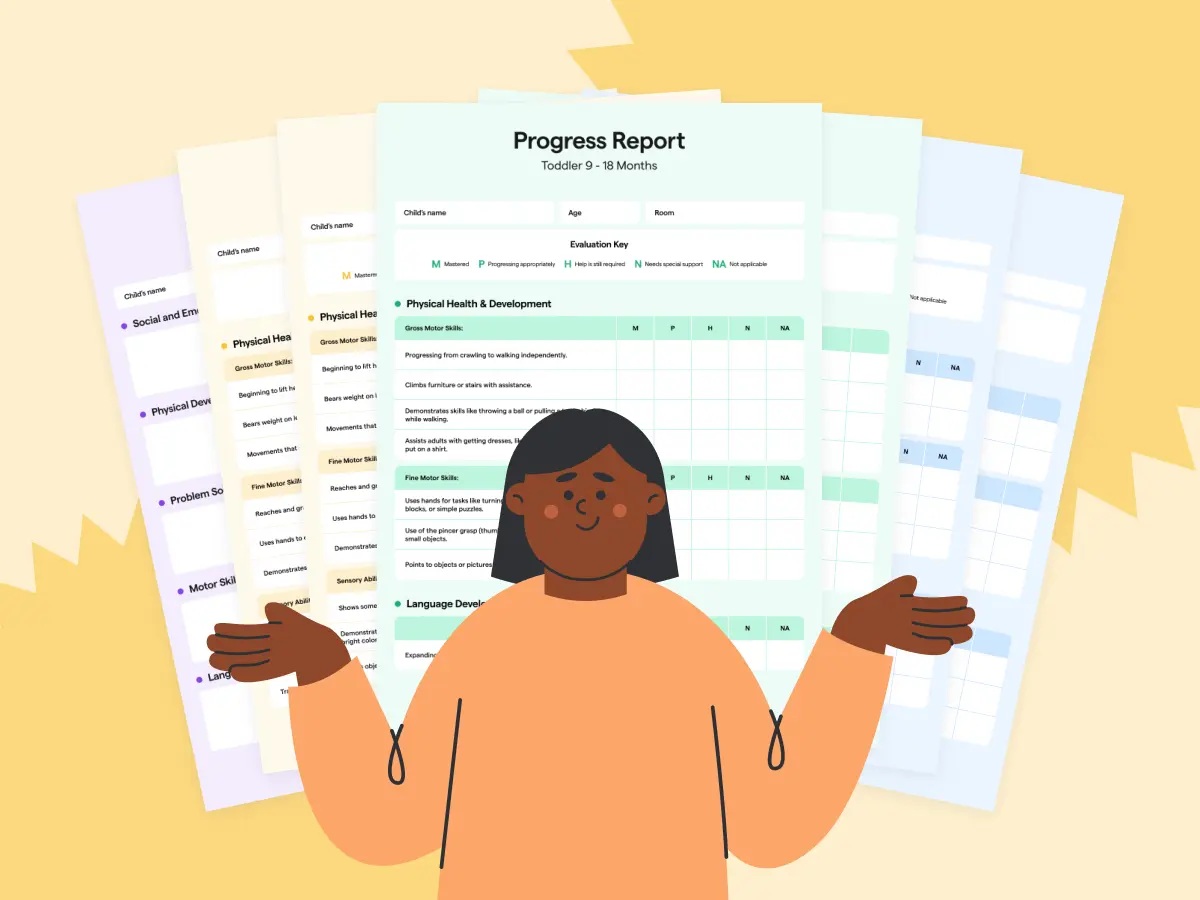settings
children
With Famly since
Water activities are fun all year round, but especially fun when they can be enjoyed outdoors in the summertime. But not only are they fun and refreshing, water play activities are also great for learning and development in many different areas.
Sensory development is the obvious one. Water play engages all of our senses. Sensory play is the most obvious one. Water play engages:
Taste - when it’s safe to do so!
Touch - think temperature, splashing, and feeling their wet skin
Listening - hear the splashing, the dunking of different objects, and the laughter that’s inevitable with water play!
Seeing - Bubbles, water splashing everywhere, the reflections of the toys, the contrast of blue water with colorful toys.
Smell - Maybe some of the objects that you put in a water sensory bin have a scent like lemons, or maybe water activities become associated with the scent of summer items like sunscreen!
But, you will also see in the activities below that water activities also support development in math, science and fine motor skills too!
Water play activities for sensory development
1. Water sensory bins
What you’ll need:
- A bin, bucket or something to fill with water
- Water
- One or as many of the following: ice, flowers, lemons, toys, twigs, marbles
- Optional: Food coloring
What to do:
Simply put as many or as little of the objects into the water-filled bin, and let the kids play, pick up, drop, and swirl and explore the different feelings of water and objects.
Your sensory bins can even have themes. Maybe you get a large bin and fill it with plastic fish, marbles and other items to make it like an aquarium.
2. Sponge walk
What you’ll need
- 5-10 sponges of all different sizes
- Somewhere outdoors that you don't mind getting wet. Maybe grass, or a safe soft outdoor play area.
What to do:
- Dunk the sponges in water.
- Then, line them up outside on the hard surface.
- Then, tell your child to walk across the sponges and squeeze the water out!
The big ideas

3. Outdoor dishwashing station
What you’ll need
- A large bin filled with water
- Kid-friendly dish soap or soap
- A sponge or cloth that can be used for washing
- A drying rack or towel to place the wet objects on
- Any object that needs washing! Toys, bowls from their play kitchen, dolls or maybe even some of your dishes!
What to do:
- Let the kid squeeze the dish soap into the water-filled bin. They'll love watching all the bubbles!
- Show them how they can dunk the bowls, toys, and other objects into the soapy water and then wash them with their sponge or cloth.
- Show them to place the clean objects onto the drying rack.
The bubbles themselves will entertain the little one for a long time before they even get to the dishwashing part!
4. More sponge fun - Squeeze please!
What you’ll need
- Two bowls - one with water and one empty
- A couple of sponges - any size
What to do:
- Dunk the sponge into the water-filled bowl
- Then, hold the sponge over the empty bowl.
- And, squeeze!
You can add some math by asking them to count how many squeezes it takes to fill up the empty bowl with water. It also helps with developing hand muscles that they will use for other fun activities like drawing and painting.
Water play activities for fine motor skills
1. Spray and squeeze bottles
This one is so easy, you’ll be surprised how entertaining the children find it.
What you’ll need
Any type of empty bottle - ketchup, cleaner spray, shampoo, body wash, etc.
What to do:
- Fill any empty bottle with water
- Tell your child to squeeze and play!
You can give the children specific targets to try to hit, or if they have multiple types of bottles they can compare how the water sprays or comes out differently. For example, a cleaner spray bottle will be a lighter spritz compared to the ketchup bottle.
2. Transferring water with a dropper
What you’ll need
- Some type of dropper or pipette
- A tray with divots, like a paint tray palette
- Plastic cups filled with water (as many as you want)
- Food coloring
What to do:
- Put different food coloring into the water-filled plastic cups
- Have the child put the pipette or dropper into the colored water and transfer it to one of the divots in the tray
This requires a lot of concentration, coordination and control. The squeezing of the dropper, holding it steady over one divot, and making sure not to squeeze again until the child is holding the dropper over the divot.
Plus, you can add some science and experiments with the food coloring. Tell your child to mix the colors in the painting tray and see what happens! This is a great way to introduce the primary colors.

Water play activities for math and science
1. Go fish
What you’ll need
- A large bin filled with water
- A soup ladle, or measuring cups, or anything that can be used to scoop an object out of the water
- Floating objects (like plastic fish)
What to do:
- Put the floating objects into the water-filled bin
- Say “go fish!”
- With whatever scooping object you chose, tell the kids to try to scoop the objects out of the water.
This strengthens hand-eye coordination. Also, if you want to make it a math activity, ask the children to count how many fish they caught.
2. Sink or float?
What you’ll need
- A large bin filled with water
- A variety of objects - plastic toys, flowers, twigs, acorns, beads, etc.
What to do:
- Go through each object one-by-one. Before putting each object into the water, ask your child to guess if they think that item will sink or float.
- Then drop the object into the water and see if you were right!
3. Ice Pompoms
What you’ll need
- Water
- An ice tray
- Small objects that can be frozen: Pom-poms, legos, googly eyes, rocks, etc.
- Optional: salt and warmer water
What to do:
- Put a pom-pom, or other freezable object, in each of the spots in the ice tray
- Fill the ice tray with water
- Stick in the freezer and wait
- Once frozen, take out the ice tray and pop out the ice cubes
- Simply play, observe, and watch as the ice cube slowly melts
- If your child isn’t very patient, you can show how putting ice cubes in warmer water, or spraying them with some salty water, can make them melt faster.
You could also make it a sorting or counting activity too!
Water play tables
There are so many different types of water play tables toddlers and preschoolers. They come in a variety of sizes, and are always a favorite water activity. They are even fun to fill up with sand too!
You can get simple tables to fill up with your own objects, or some of the tables come with different themes and different activities incorporated into them.
The number of activities for a sand or water table are countless. Here are a few to get started!
Please note: here at Famly we love sharing creative activities for you to try with the children at your setting, but you know them best. Take the time to consider adaptions you might need to make so these activities are accessible and developmentally appropriate for the children you work with. Just as you ordinarily would, conduct risk assessments for your children and your setting before undertaking new activities, and ensure you and your staff are following your own health and safety guidelines.
Free downloadable Early Childhood resources
Explore our library of longer-form books, guides and editable templates - all free to download.
Explore free resources









